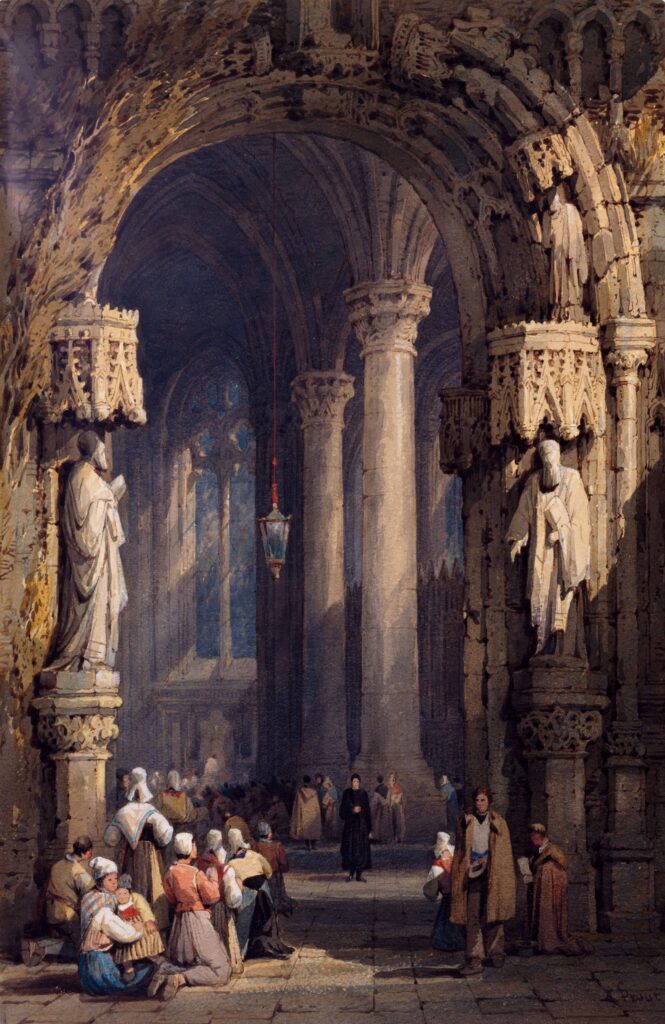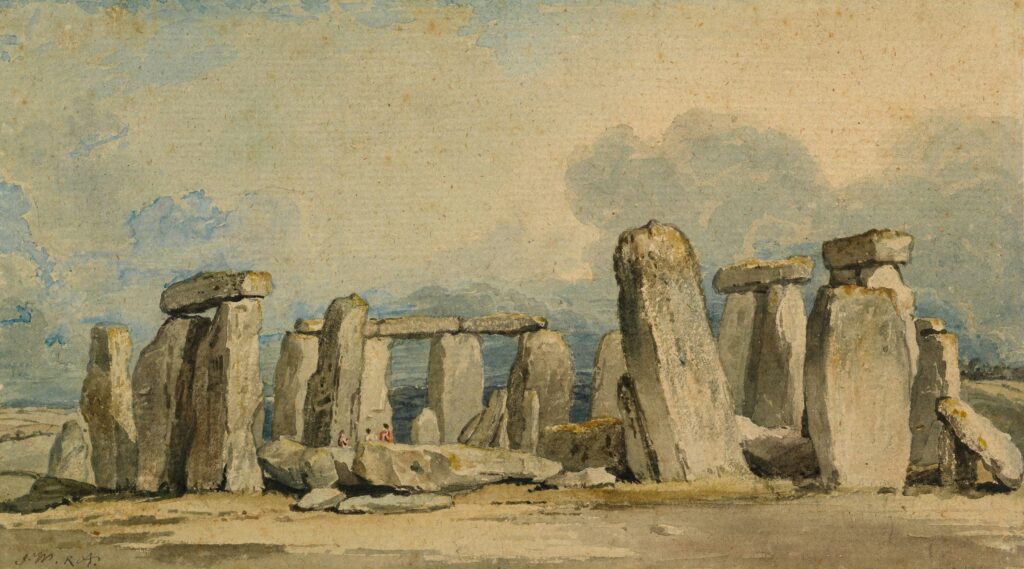In the article “For Max Beckmann, Art’s Ironist, Crisis and Rediscovery,” the author explores the work of Max Beckmann, an artist who experienced a profound transformation in his artistic style during the tumultuous years of the First World War and the Weimar era in Germany. Before the war, Beckmann created traditionalist portraits and idyllic scenes, but the horrors of war shattered his worldview and led him to develop a more experimental and critical approach to his art. This exhibition at the Neue Galerie focuses on Beckmann’s unflinching depictions of Weimar society, showcasing his ability to capture the essence of the era with a sharp and analytical gaze. Through paintings, drawings, and prints, the exhibition sheds light on Beckmann’s journey of crisis and rediscovery as he navigated the aftermath of war and political disillusionment.
Crisis and Rediscovery in Max Beckmann’s Art

Max Beckmann’s early conservative style
Before the First World War, Max Beckmann’s art leaned towards a conservative style. He painted self-portraits and picturesque scenes of bathers by the sea, rejecting the emerging abstract styles of artists like Matisse and Picasso. Beckmann’s preference for traditionalism and his disinterest in the avant-garde set the stage for a significant shift in his artistic style.
Effects of the First World War on Beckmann’s art
The outbreak of the First World War had a profound impact on Beckmann’s art. He voluntarily joined the medical corps of the Imperial German Army and was sent to Flanders, where he witnessed the devastating Battle of Ypres. This experience, combined with the horrors and senselessness of war, deeply affected Beckmann’s artistic sensibilities. He began sketching the Belgian landscape and the doctors and orderlies he encountered, documenting the harsh realities of war.
Beckmann’s breakdown and shift in artistic style
While Beckmann did not serve on the front lines, the trauma of the war took a toll on his mental health. By the end of 1915, he experienced a nervous breakdown. During this period, Beckmann moved to Frankfurt and started painting biblical scenes with nightmarish intensity. His earlier emotional expressiveness gave way to stark compositions and a color-starved palette. This marked a significant shift in Beckmann’s artistic style, reflecting the turmoil and disillusionment of the times.
Beckmann’s life in Frankfurt and his biblical scenes
During his time in Frankfurt, Beckmann’s art focused heavily on biblical themes. This period saw the creation of works like the sharp-angled “Descent from the Cross” and the emotionally subdued “Christ and the Sinner.” These paintings captured the artist’s exploration of suffering and spiritual themes, showcasing his ability to convey complex emotions through his art.

Revolution in Germany and its influence on Beckmann
The revolution in Germany had a profound impact on Beckmann’s artistic development. The political upheaval mirrored the changes happening within Beckmann’s own artistic practice. The tumultuous times allowed for a shift in the cultural landscape, and Beckmann’s art adapted to reflect the shifting societal attitudes and realities.
Concentration on Beckmann’s work in his 30s
The exhibition at the Neue Galerie focuses specifically on Beckmann’s work during his 30s, a pivotal period for his artistic growth. This concentrated focus allows viewers to see the evolution and development of Beckmann’s style and themes during a crucial time in his career.

The romantic and expressionistic aspirations of the early 1900s
The early 1900s saw a surge in romantic and expressionistic aspirations within the art world. These ideals influenced Beckmann’s artistic practice and provided a foundation for the development of his unique style. The exhibition explores how Beckmann’s early influences shaped his artistic choices and laid the groundwork for his later achievements.
The transition to hard-boiled objectivity in the Weimar years
As the Weimar Republic took hold in Germany, Beckmann’s art underwent a transition from romantic and expressionistic tendencies to a focus on hard-boiled objectivity. This shift reflected the changing societal climate and the need for a more realistic and objective depiction of the world. Beckmann’s art embraced this approach, resulting in works that captured the essence of the times.
The Neue Galerie exhibition focusing on crisis and rediscovery
The current exhibition at the Neue Galerie delves into the themes of crisis and rediscovery in Beckmann’s art. It provides a comprehensive look at the artist’s formative years, exploring how the turmoil of the war and the subsequent political and cultural changes shaped his artistic vision. By showcasing his works from this period, the exhibition highlights Beckmann’s ability to capture the essence of a society in flux.
The concentration of the midcareer focus and potential limitations
While the exhibition successfully concentrates on Beckmann’s midcareer focus, there may be potential limitations to such a narrow scope. Some may argue that a broader examination of his entire artistic trajectory would provide a more comprehensive understanding of his work. However, by honing in on this particular period, the exhibition allows for a deeper exploration of the themes of crisis and rediscovery that permeate Beckmann’s art.

